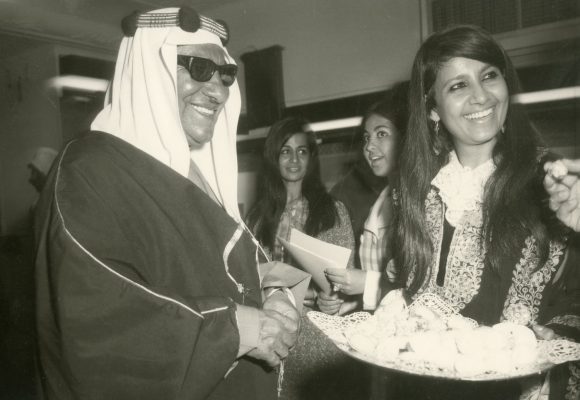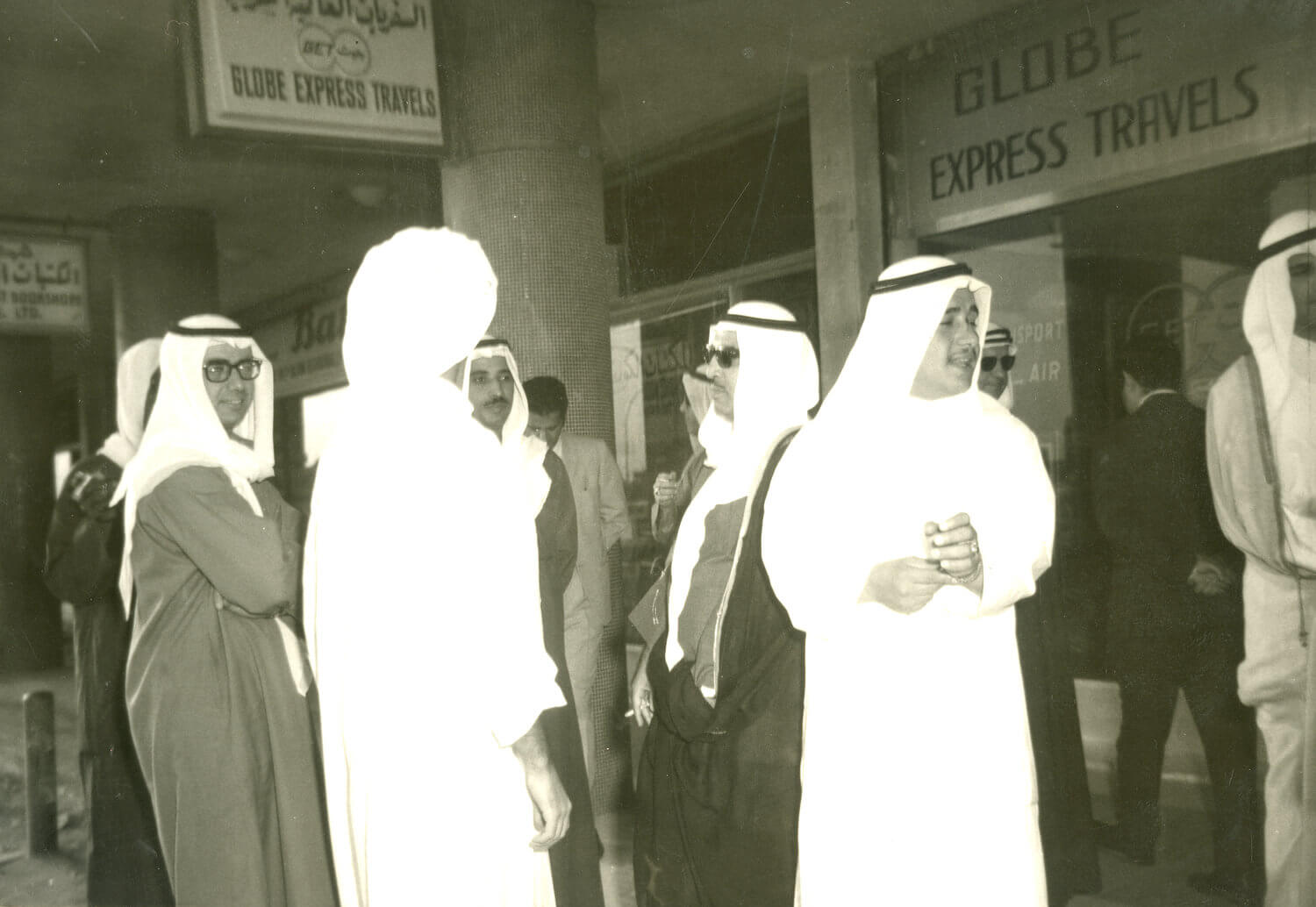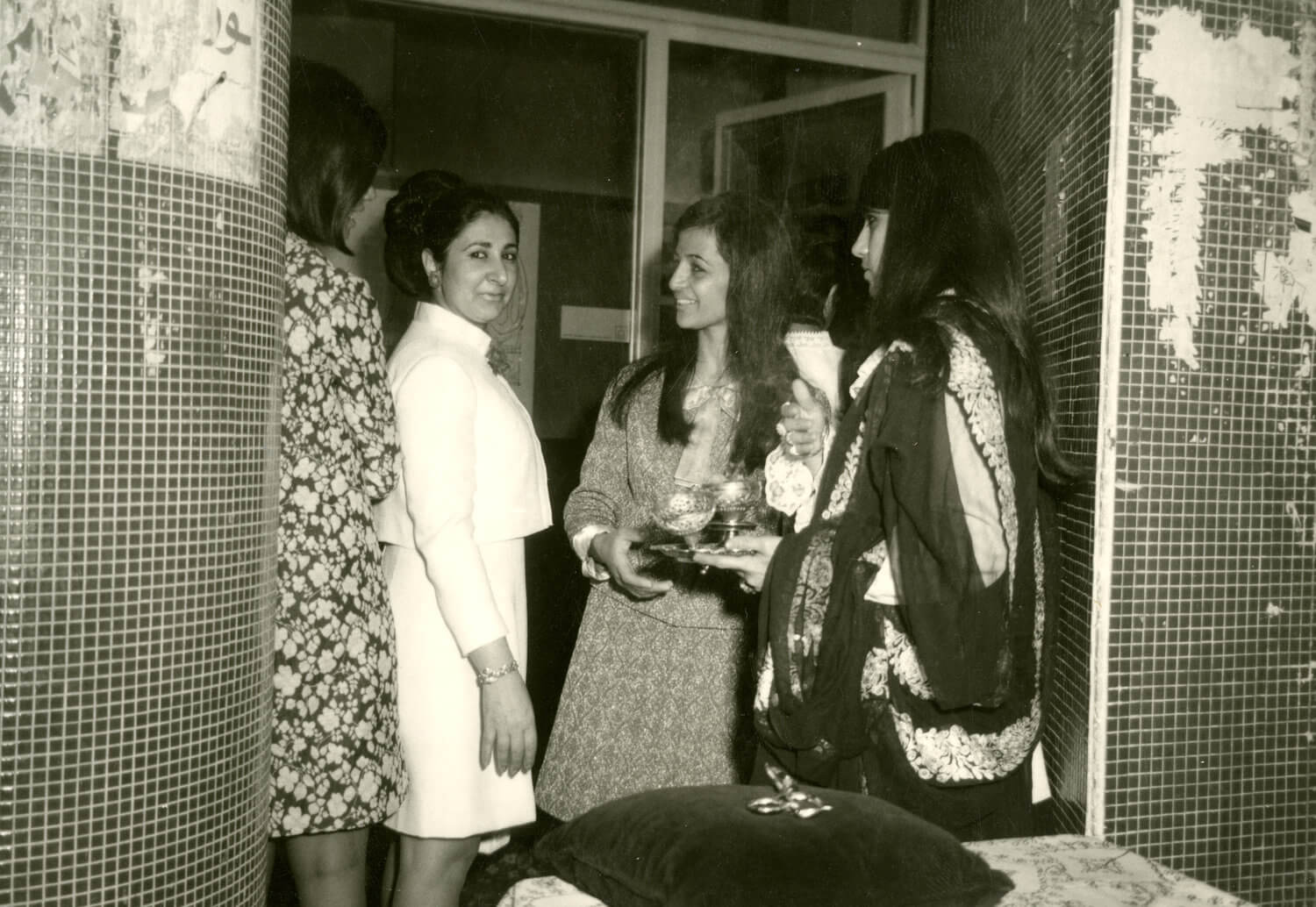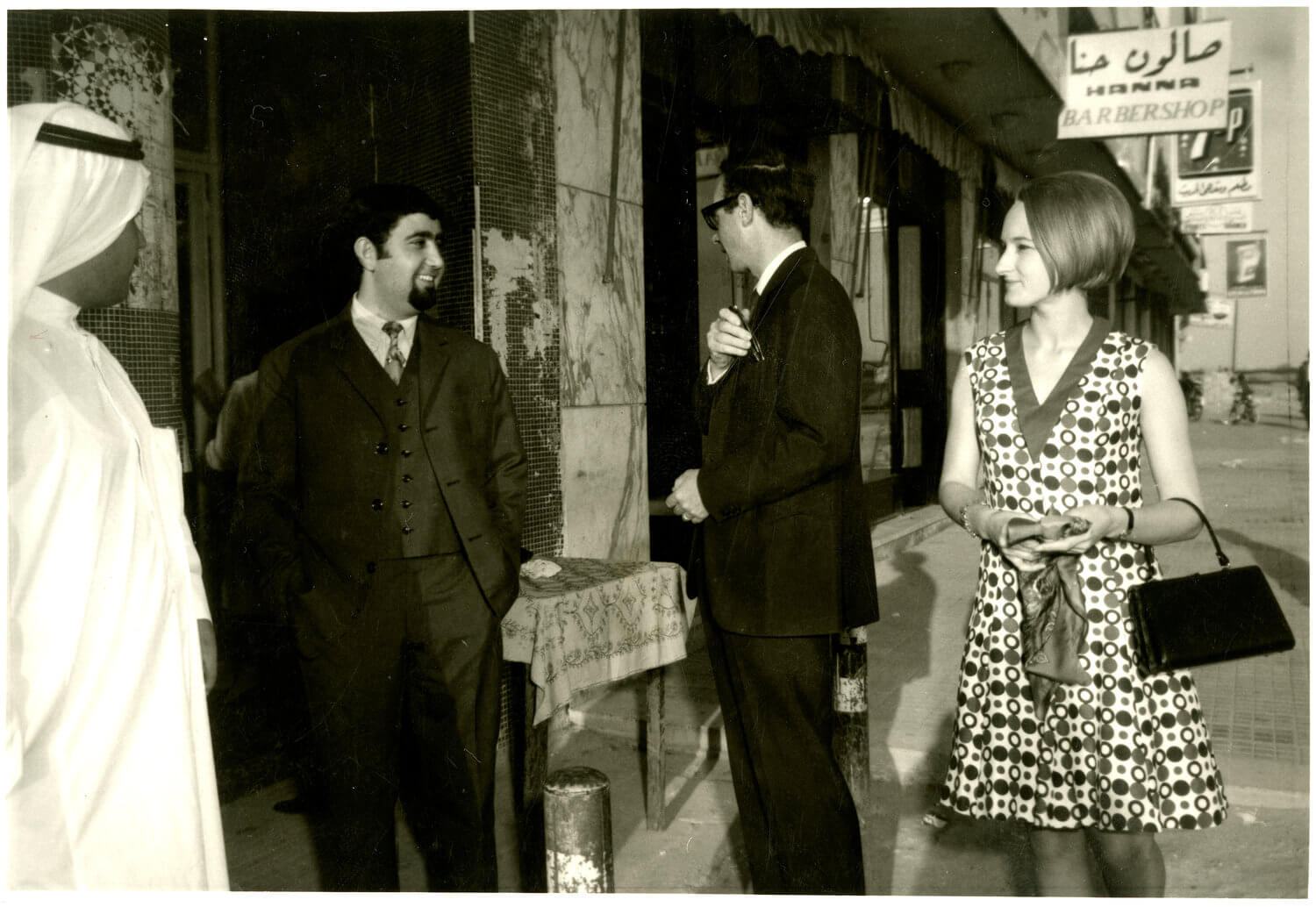 The Sultan Gallery
The Sultan Gallery


The history of Sultan Gallery, Gulf’s first professional commercial art space, dates back to 1969. Siblings Ghazi and Najat Sultan opened the art space in Kuwait City on Fahad Al Salem street, in a tiny storefront in the Thunayn Al Ghanim building in the Qibla district with an underlying mission of promoting, exhibiting and supporting young Arab artists. Art galleries were blooming during the 1960s and 1970s in the region, Beirut being the undisputed capital of the region’s art scene with an astonishing line up of different kinds of art spaces accommodating various debates and heated discussion including the visual and literary arts. Although art galleries and museums, apart from the 1957 opened Kuwait National Museum, were not common in the country, Kuwait was about to blossom culturally: the Arts Council was active and poetry readings were very popular. The Marsam Al Hur, the Free Atelier, had been founded in 1960 by the Ministry of Education and it offered local artists a number of studios and exhibitionary opportunities. Yet, there was plenty of room of grassroot initiatives coming from private citizens.


Both Ghazi and Najat Sultan were involved in the arts before the founding of the gallery. Najat was one of the founding members of Kuwait’s National Council for Arts and Letters. She also founded the Sadu House, an establishment to preserve and teach traditional Bedouin weaving. Ghazi, on the other hand, had studied architecture at Carnegie Mellon and Harvard Graduate School of Design. He had returned to Kuwait in 1968 and was working at an architecture firm at the time. The Sultan siblings wanted to support emerging artists, who were often overlooked as there was almost a systematic lack of structural support for artists in the region.
It is important to remember that in the 1960s and 1970s modern and contemporary art museums, apart from very few notable exceptions such as Beirut’s Sursock Museum, were not common in the region. Although there did exist limited governmental support as artists had been sent for training abroad since the beginning of the century, generally the processes and the exchanges between different countries were characterised by bureaucracy and paucity of movement. In this milieu, where official, government-led art initiatives were either nonexistent or working inefficiently and not necessarily serving the needs of the emerging cultural sector, the efforts of private individuals, such as Ghazi and Najat Sultan became increasingly important for the vitality and development of the art scene.


The Sultan Gallery held its inaugural exhibition of Kuwaiti artist Munira Al Kazi and Iraqi Essam El said, both based in London and friends of Najat, on 21 March 1969. The event was honoured by the Emir, HE Sheikh Abdullah Al-Jaber Al-Sabah. The opening was a success, marked by the presence of a significant crowd of Kuwaitis and foreigners alike, a testimony to a new era in Kuwaiti art life.
The Sultan Gallery entered an active and developing network of art galleries in the region, including Beirut’s Gallery one (1960), Dar el Fan (1967), Contact Gallery (1972), Casablanca’s Gallery Nadar (1967) and Rabat’s L’Atelier (1973). The contacts between the various regional art galleries led to several fruitful collaborations including a plethora of exhibitions of the kinds of Adam Henein, Etel Adnan, Mohamed Melehi and Amine El Bacha organised at the Sultan Gallery.


Until the gallery’s closure with the Iraqi invasion in 1990, the Sultans remained truthful to their mission of supporting modern young Arab artists, and exhibited several artists from their native Kuwait, Egypt, Syria, Lebanon, Morocco, Algeria, Palestine and Saudi Arabia, thereby contributing towards an active regional arts infrastructure and network, highlighting various cross border initiatives and ultimately playing a part in the art history of the region. In the absence of an exhibition culture, the gallery also played a major role in building an audience for art – a formidable task often given to state-led art museums and also cultivating the first generation of art collectors in Kuwait.
A new era for the Sultan Gallery began in 2006, when the gallery reopened after a 16-year-closure. Ever since its reopening, the Sultan Gallery has continued exhibiting regional artists. The recent exhibitions include Fareed Abdal, Nawar N. Al-Kazemi and Ghadah Al Kandari.
Images: Courtesy of the Sultan Gallery.


 The Sultan Gallery
The Sultan Gallery 
